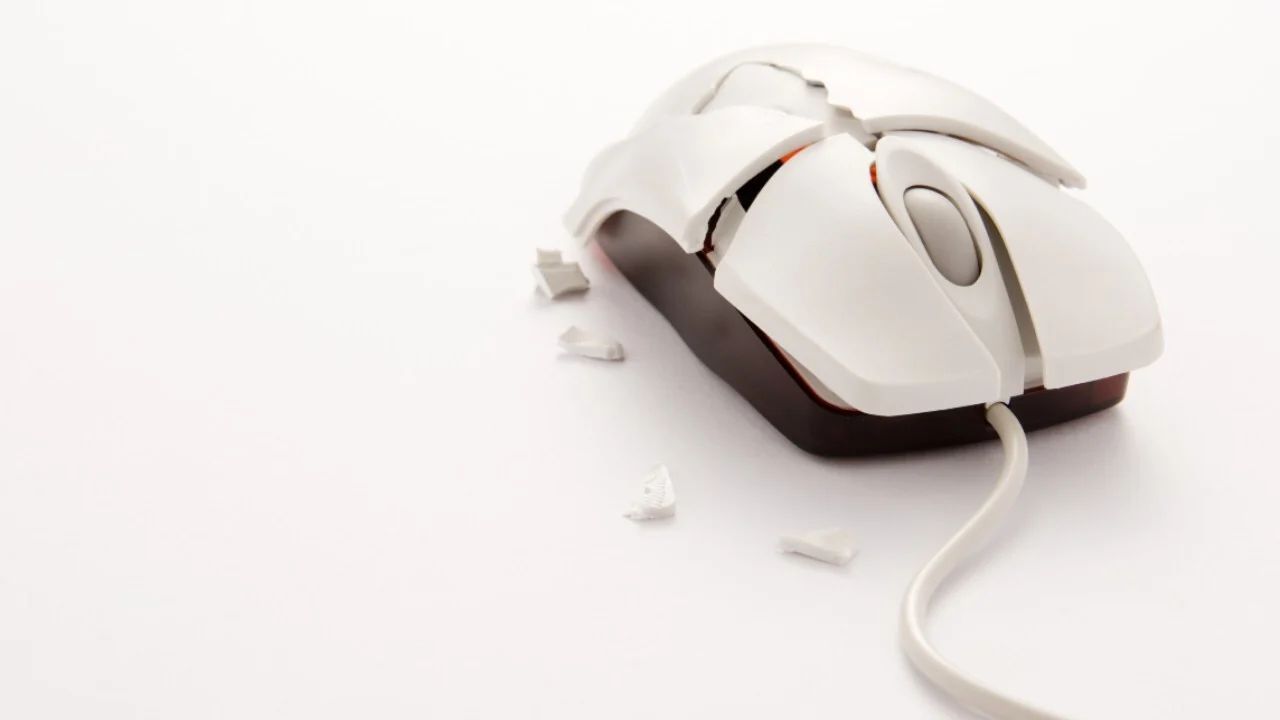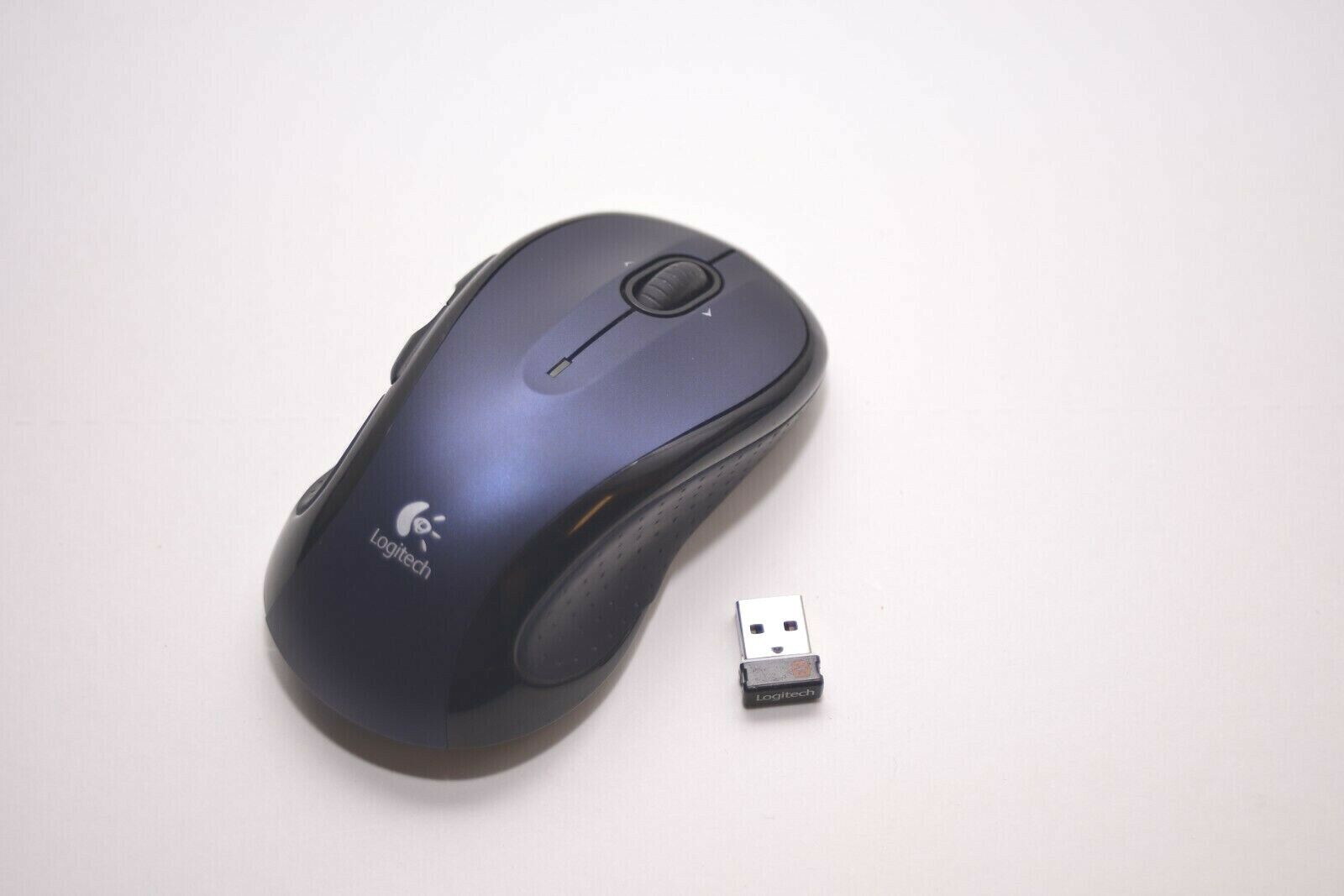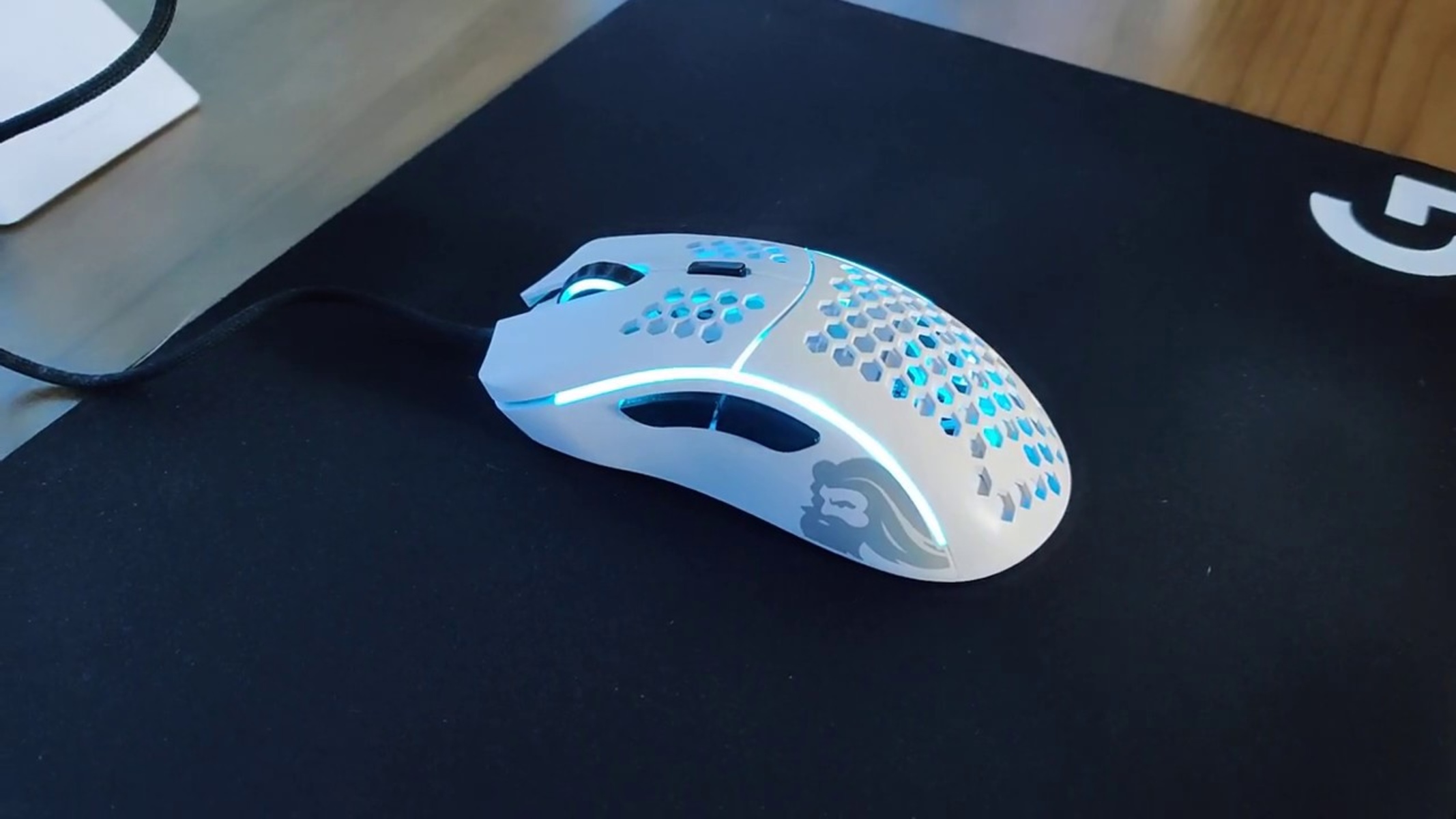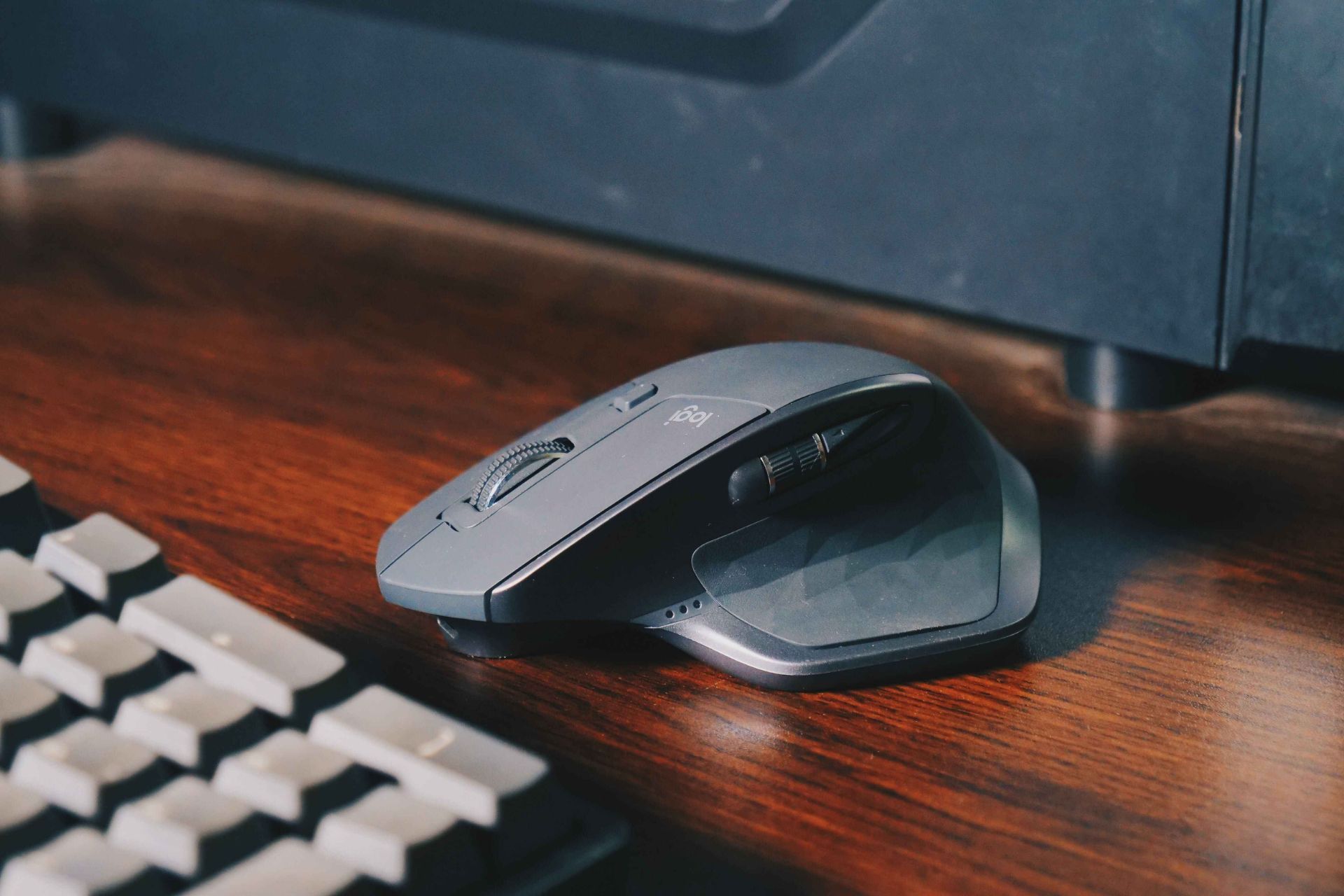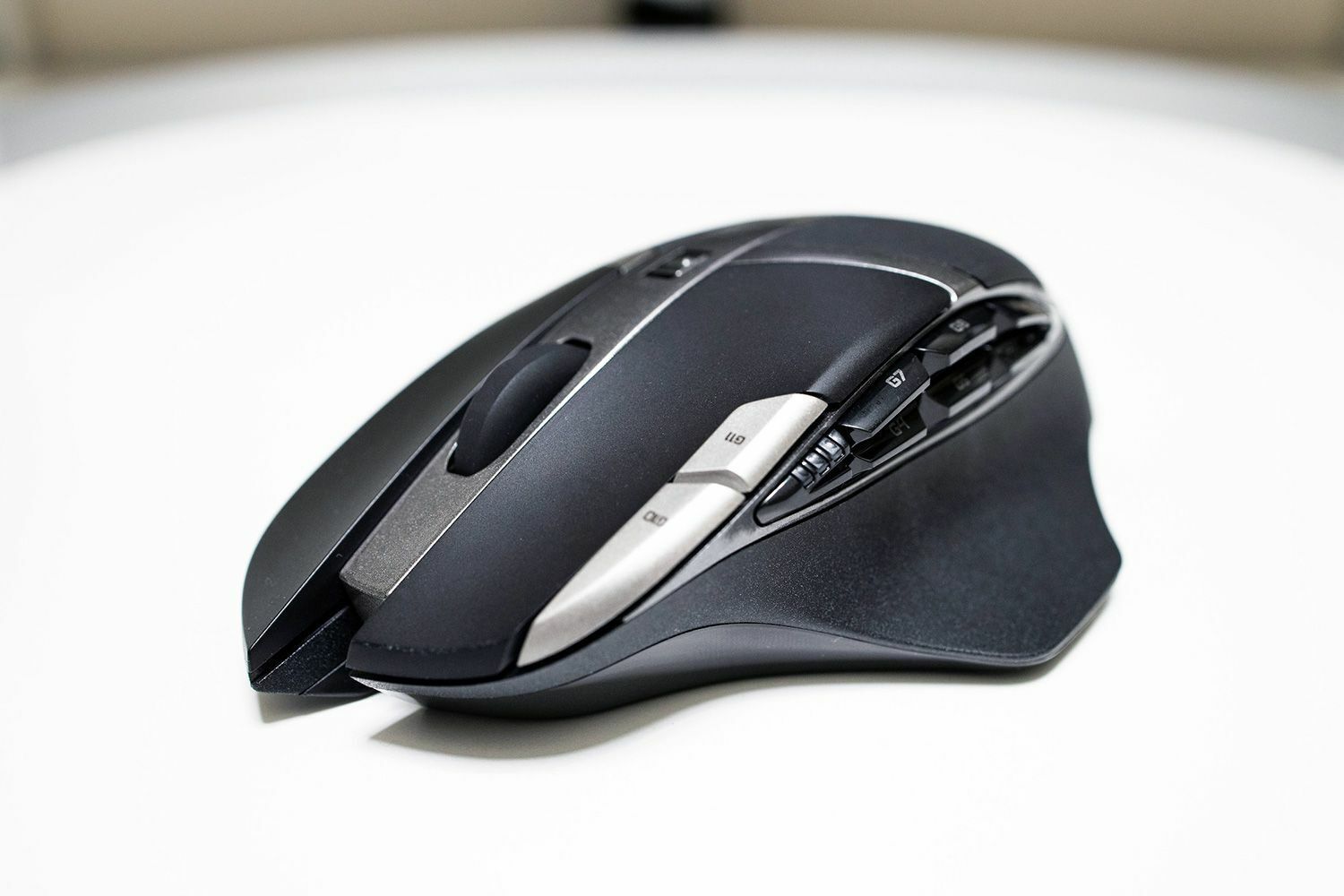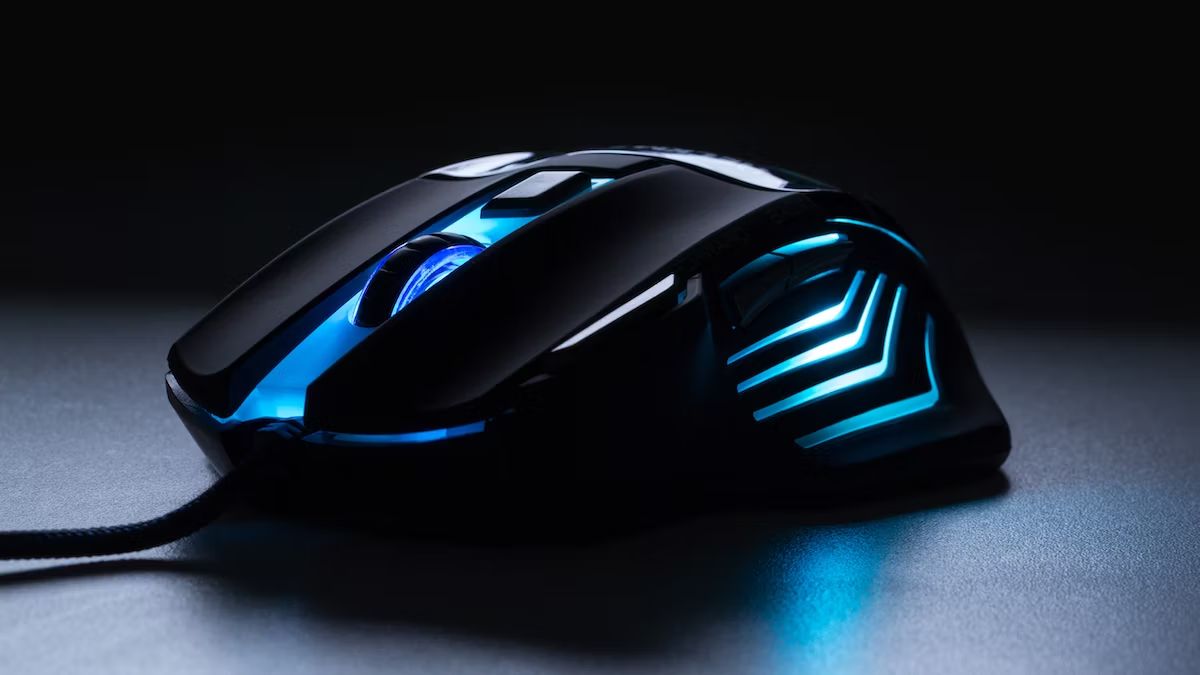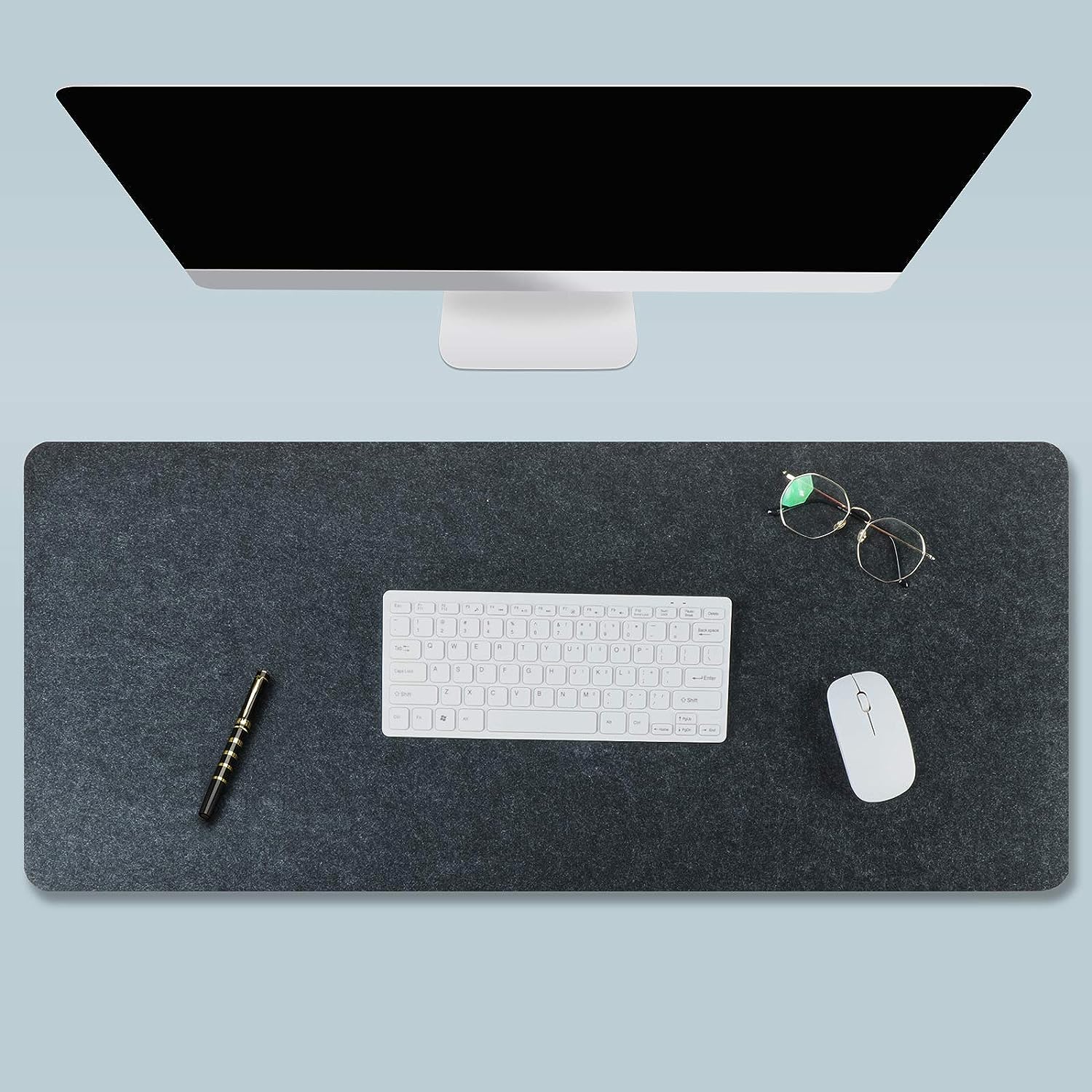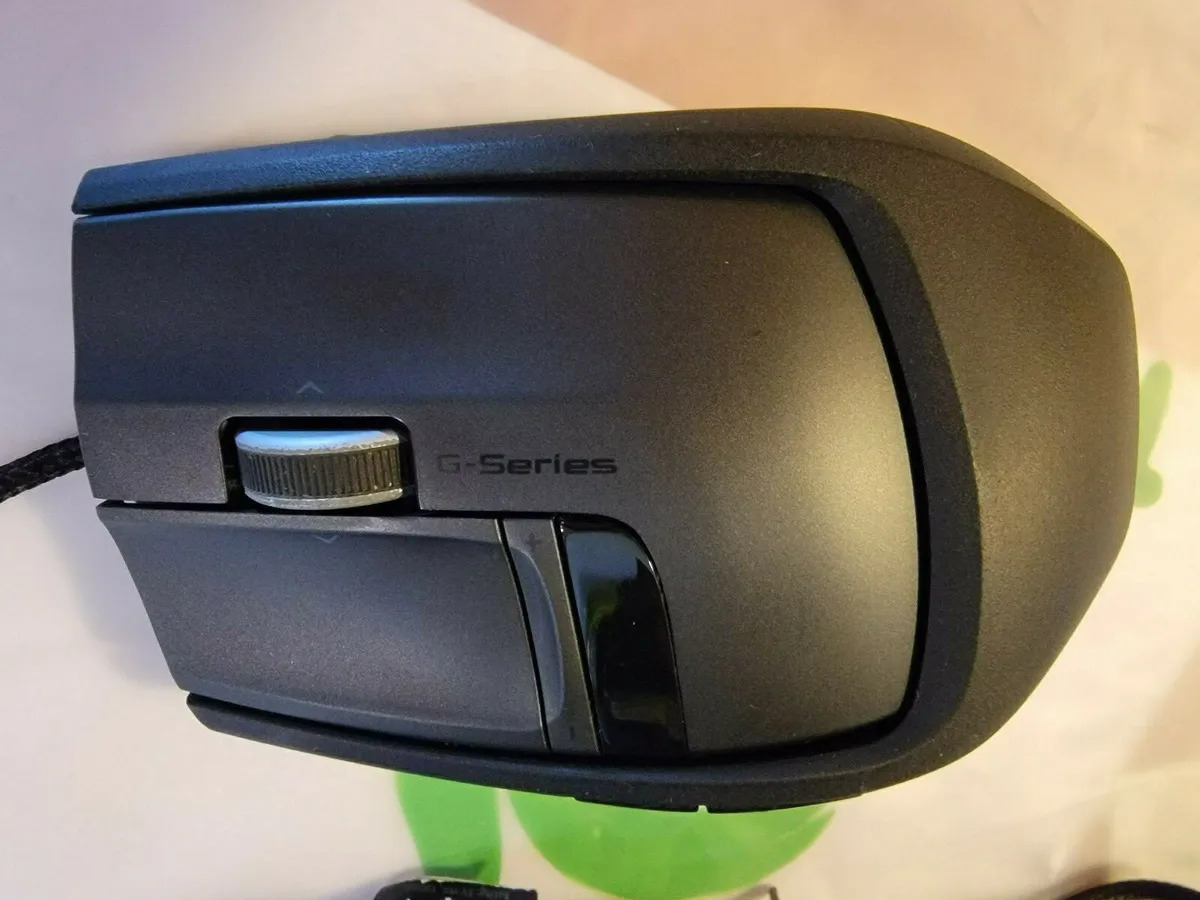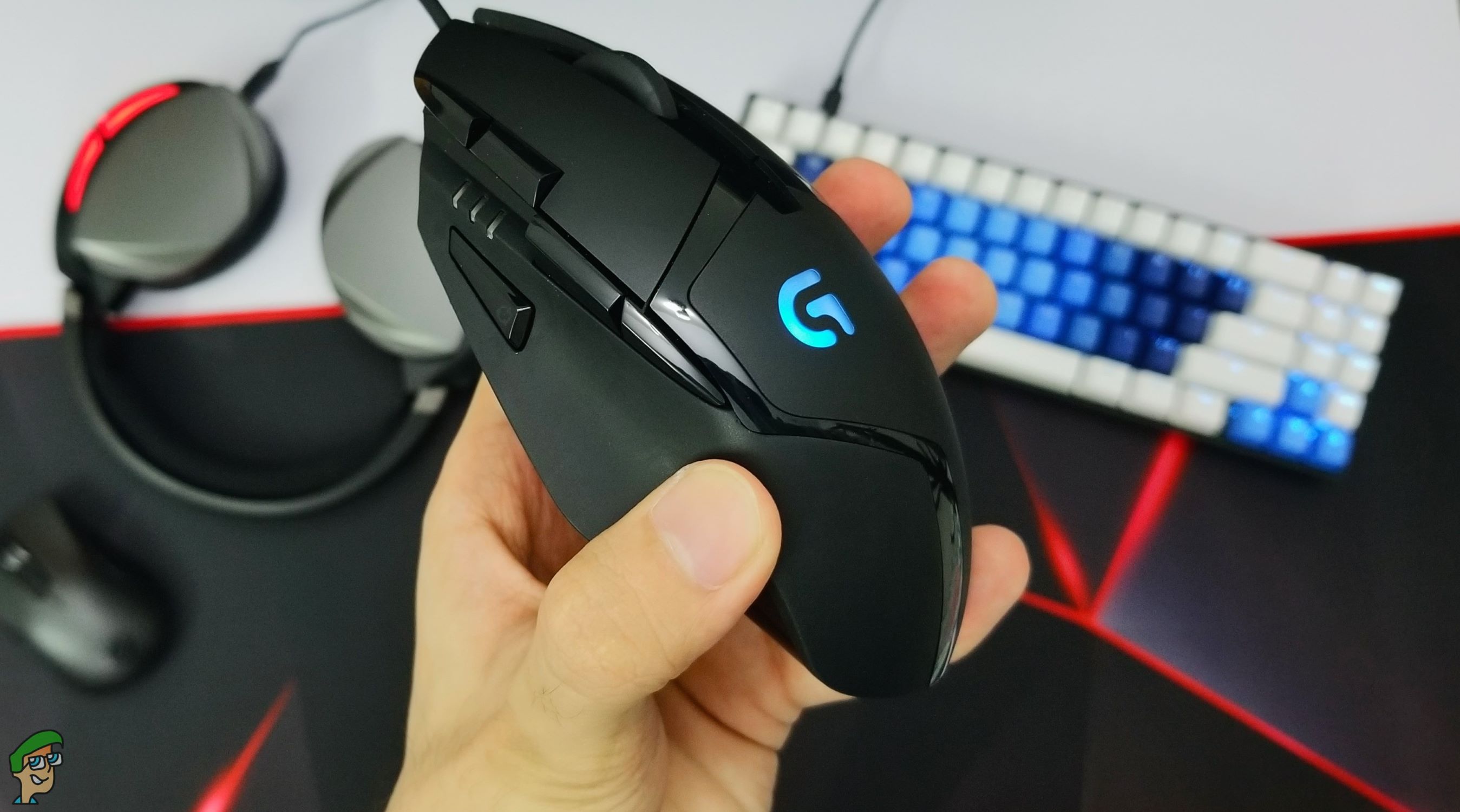Introduction
Welcome to the ultimate guide on fixing your gaming mouse's cursor movement issues! As a dedicated gamer, you understand the pivotal role a responsive and accurate mouse plays in your gaming experience. However, encountering erratic cursor movements or unresponsiveness can be frustrating and significantly impact your performance. Fear not, as we delve into practical solutions to address these issues and restore your gaming mouse to its optimal functionality.
A gaming mouse is a precision tool designed to deliver seamless and accurate cursor movements, essential for dominating your favorite games. When this precision is compromised, it can lead to missed shots, misclicks, and an overall diminished gaming experience. Whether you're an avid first-person shooter enthusiast, a real-time strategy mastermind, or a multiplayer online battle arena tactician, the performance of your gaming mouse directly influences your gaming prowess.
In this comprehensive guide, we will explore various troubleshooting steps to address erratic cursor movements, unresponsiveness, and other common issues that may plague your gaming mouse. From simple cleaning techniques to software optimizations, we will equip you with the knowledge and tools to restore your gaming mouse to its former glory. So, grab your trusty gaming mouse, roll up your sleeves, and let's dive into the solutions that will elevate your gaming experience.
Let's embark on this journey to revitalize your gaming mouse, ensuring that every click, flick, and swipe is as precise and responsive as you need it to be. By the end of this guide, you will be equipped with the expertise to troubleshoot and resolve cursor movement issues, empowering you to reclaim your competitive edge in the gaming arena. So, without further ado, let's delve into the first step: cleaning the mouse sensor.
Clean the Mouse Sensor
One of the most common culprits behind erratic cursor movements in gaming mice is a dirty or obstructed sensor. The sensor, typically located at the bottom of the mouse, is responsible for tracking the mouse's movement and translating it into on-screen actions. Over time, dust, debris, and oils from your fingertips can accumulate on the sensor, leading to inaccurate tracking and jumpy cursor behavior.
To address this issue, start by powering off your gaming mouse and unplugging it from your computer. Next, gently turn the mouse over to expose the sensor. Depending on your mouse model, the sensor may be accompanied by small feet that help the mouse glide smoothly. Carefully inspect the sensor for any visible debris or smudges that may be interfering with its functionality.
Using a soft, lint-free cloth or a cotton swab lightly moistened with isopropyl alcohol, delicately clean the sensor and the surrounding area to remove any buildup. Take care to avoid applying excessive pressure or using abrasive materials that could damage the sensor. Once the sensor is clean, allow it to dry for a brief moment before reassembling the mouse and reconnecting it to your computer.
After cleaning the sensor, test your gaming mouse's performance in your preferred games or applications. You should notice a significant improvement in cursor accuracy and responsiveness, as the sensor is now free from obstructions that previously hindered its tracking capabilities. Regular maintenance of the sensor through gentle cleaning can prevent future cursor movement issues and ensure consistent, precise tracking during intense gaming sessions.
By incorporating sensor cleaning into your gaming mouse maintenance routine, you can proactively mitigate cursor movement issues and maintain peak performance. This simple yet effective maintenance task empowers you to optimize your gaming experience, allowing you to focus on outmaneuvering opponents and executing flawless in-game maneuvers with confidence.
Check the USB Connection
When encountering cursor movement issues with your gaming mouse, it’s essential to consider the integrity of the USB connection. A loose or faulty USB connection can result in intermittent cursor movements, unresponsiveness, or complete disconnection during critical gaming moments. To troubleshoot this potential source of the problem, follow these steps to ensure a stable and reliable USB connection for your gaming mouse.
Begin by inspecting the USB port on your computer and the connector on the gaming mouse. Look for any visible damage, debris, or bent pins that may impede a secure connection. If you notice any foreign objects or obstructions, carefully remove them using compressed air or a soft brush to prevent damage to the ports.
Next, firmly insert the gaming mouse’s USB connector into the USB port on your computer. Ensure that it is fully seated and secure, providing a stable connection for the mouse to communicate with your system. If you are using a USB hub or extender, consider connecting the gaming mouse directly to a USB port on your computer to eliminate potential issues associated with intermediary devices.
Once the gaming mouse is connected, observe its performance during gaming sessions or cursor movement tests. Pay attention to any instances of erratic behavior or unresponsiveness, as these could indicate underlying USB connection issues. If the problems persist, consider testing the gaming mouse on a different USB port or computer to isolate the source of the issue.
If testing the gaming mouse on an alternative USB port or computer resolves the cursor movement issues, it is likely that the original USB port or system configuration was contributing to the problem. In such cases, you may need to address hardware or software issues specific to the affected USB port or system to ensure consistent and reliable performance of your gaming mouse.
By verifying and maintaining a secure USB connection for your gaming mouse, you can minimize the risk of cursor movement issues and disruptions during your gaming endeavors. A stable USB connection is fundamental to the seamless operation of your gaming mouse, allowing you to focus on your gameplay without the distraction of erratic cursor behavior.
Update Mouse Drivers
Outdated or corrupted mouse drivers can significantly impact the performance of your gaming mouse, leading to erratic cursor movements and diminished responsiveness. To address these issues, it is crucial to ensure that your mouse drivers are up to date and compatible with your operating system. By updating the mouse drivers, you can leverage the latest optimizations and bug fixes provided by the manufacturer, potentially resolving cursor movement issues and enhancing overall performance.
Begin the driver update process by identifying the manufacturer and model of your gaming mouse. This information can typically be found on the product packaging, user manual, or the manufacturer’s official website. Once you have confirmed the mouse model, navigate to the manufacturer’s website or the support section of the website to locate the latest drivers for your specific mouse model.
Download the most recent version of the mouse drivers, ensuring that it is compatible with your operating system. Manufacturers often provide driver updates in the form of executable files or compressed archives. Follow the provided instructions to install the updated drivers, which may involve running the executable file or manually updating the drivers through the Device Manager on Windows or the System Preferences on macOS.
After installing the updated mouse drivers, restart your computer to ensure that the changes take effect. Once the system has rebooted, test the performance of your gaming mouse in various applications and gaming scenarios. You should notice improved cursor accuracy, responsiveness, and overall stability, indicating that the updated drivers have positively impacted the mouse’s functionality.
If you continue to experience cursor movement issues after updating the mouse drivers, consider reaching out to the manufacturer’s support resources for additional guidance. They may provide troubleshooting steps or alternative driver versions to address specific issues related to your gaming mouse model or compatibility with your system.
By proactively updating your gaming mouse drivers, you can harness the latest enhancements and optimizations offered by the manufacturer, potentially resolving cursor movement issues and ensuring a seamless gaming experience. Regularly checking for driver updates and staying informed about compatibility with your operating system can help you maintain peak performance from your gaming mouse, empowering you to dominate the virtual battlefield with precision and confidence.
Adjust Mouse Settings
Customizing the mouse settings on your gaming mouse and within your operating system can play a pivotal role in optimizing cursor movement and responsiveness. By fine-tuning various parameters such as sensitivity, acceleration, and polling rate, you can tailor the mouse’s behavior to suit your gaming preferences and enhance its performance. Let’s explore the key settings that you can adjust to address cursor movement issues and elevate your gaming experience.
Begin by accessing the mouse settings within your operating system. On Windows, you can typically find these settings in the Control Panel under the “Hardware and Sound” section or in the “Devices” category of the Settings app. On macOS, the mouse settings are located in the System Preferences under the “Mouse” or “Trackpad” section. Once you have accessed the mouse settings, explore the following adjustments to optimize cursor movement:
- Sensitivity: Adjust the mouse sensitivity to control the speed of the cursor movement. Higher sensitivity settings result in faster cursor movements, while lower sensitivity settings offer finer control. Experiment with different sensitivity levels to find the optimal setting for your gaming style and preferences.
- Acceleration: Mouse acceleration affects the relationship between physical mouse movement and on-screen cursor speed. Disabling acceleration ensures a linear and consistent translation of mouse movements, which can be beneficial for precise gaming actions that require consistent cursor control.
- Polling Rate: The polling rate determines how often the mouse reports its position to the computer. Higher polling rates result in more frequent updates and can contribute to smoother cursor movements and reduced input lag. Adjust the polling rate to match the capabilities of your gaming mouse and your system’s requirements.
Within your gaming mouse’s software, if available, explore additional customization options such as button assignments, macros, and profile settings. These features allow you to tailor the mouse’s behavior to specific games or tasks, providing a personalized and optimized experience for each gaming scenario.
After adjusting the mouse settings, engage in gaming sessions or cursor movement tests to evaluate the impact of the changes. Pay attention to the responsiveness, accuracy, and overall feel of the cursor movements, making further adjustments as needed to achieve the desired performance.
By fine-tuning the mouse settings both within your operating system and through the gaming mouse’s software, you can optimize cursor movement, responsiveness, and precision to align with your gaming preferences. These adjustments empower you to harness the full potential of your gaming mouse, ensuring that every movement is executed with precision and confidence, ultimately enhancing your gaming prowess.







